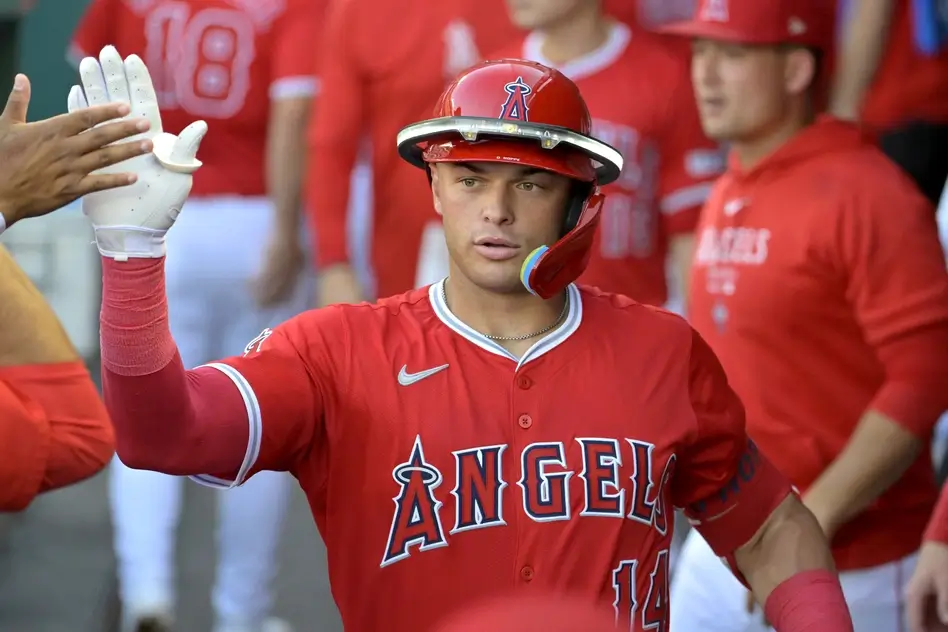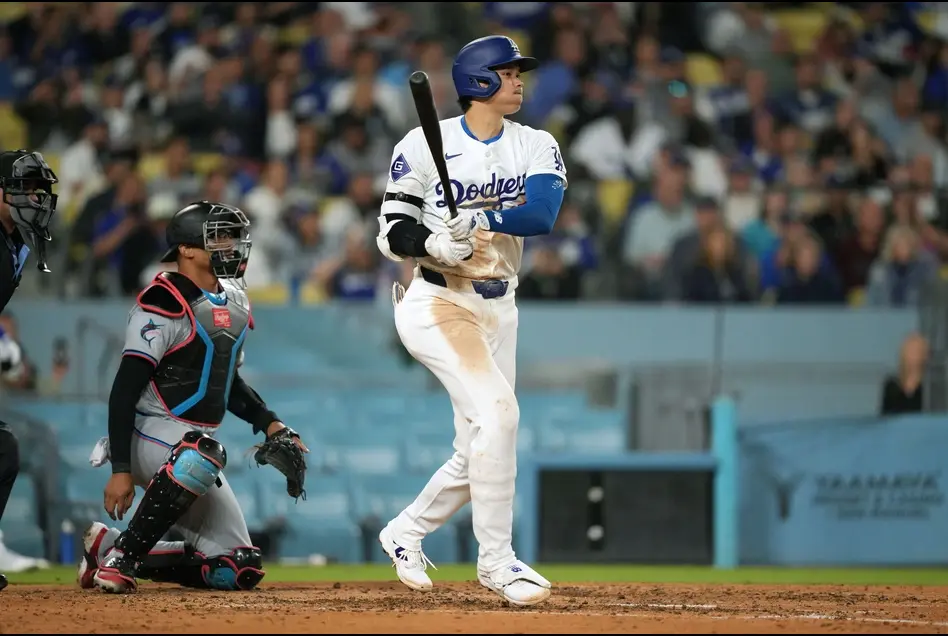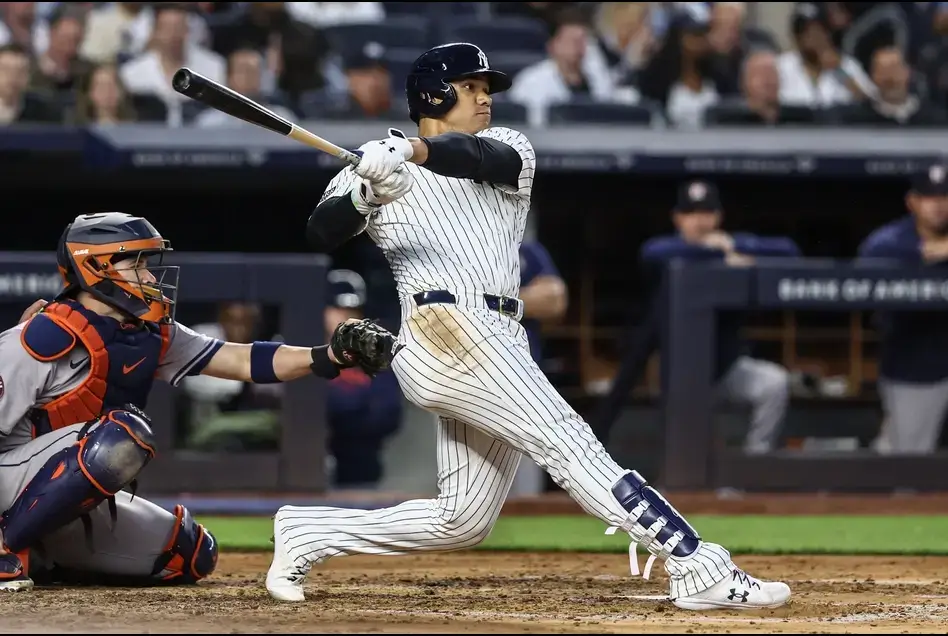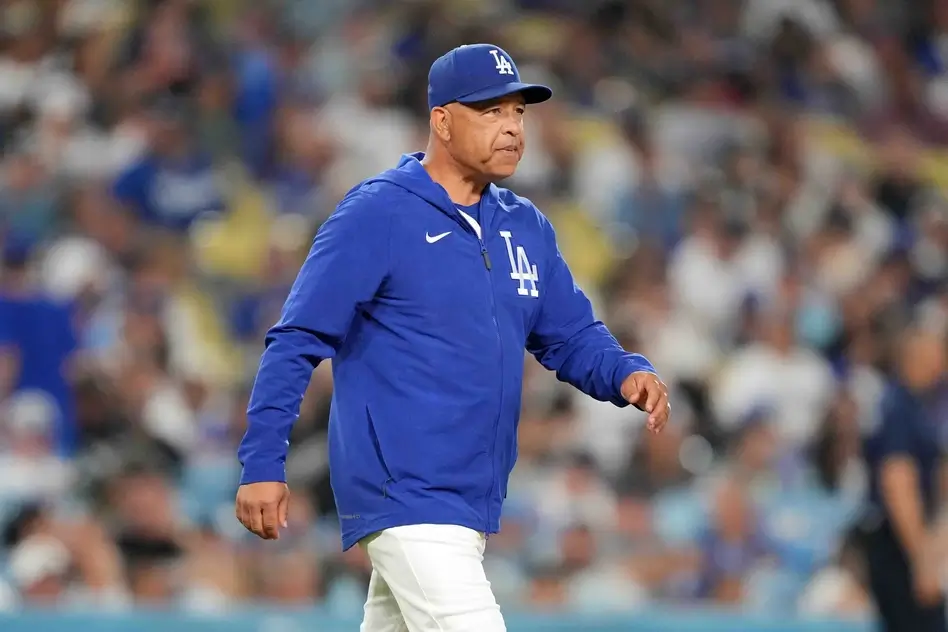The MLB luxury tax for the 2021 season is set at $210 million, and has steadily gone up in each of the last five seasons.
While it seems like certain teams have star-laden rosters, there are penalties for exceeding the luxury tax, which we will explore in this piece. We’ve previously taken a closer look at compensation picks in baseball, which are in some ways tied to the MLB luxury tax.
How does MLB luxury tax work?
The luxury tax is meant to serve as a ceiling for the spending maximum teams can allocate on player payroll.
Franchises, in theory, should be spending less than the $210 million total on salaries in 2021.
However, this tax does not include the compensation for minor league players. It only includes the annual salaries of players who are on each team’s major league 40 man roster. Sometimes, fans can look at their favorite team’s current 25 man active roster, and think that their spending is well within acceptable limits. However, there might be players who are on the long term injured list that are being paid a handsome sum to not play, which still counts towards an overall figure for a team.
Why does MLB have a luxury tax?
Whether we’re talking about professional sports, or life in general, some people and organizations are able to generate considerably more revenue than others.
For example, a team like the New York Yankees, who are a prominently known franchise globally, has the means to earn significantly more revenue than the Kansas City Royals, who don’t have that type of appeal.
If large market teams could continuously write larger checks for the best players without repercussion, it would give smaller market teams virtually no chance to compete. The MLB luxury tax allows for a certain checks and balances system to be in place to give all 30 teams a chance at competing.
What are the penalties for exceeding the luxury tax?
Not only does the tax exist as a cap for big spenders, but it also triggers certain penalties if it is exceeded.
When a team goes over the luxury tax for the first time, it must pay a 20% tax on the difference of the amount it went over.
If they go over the threshold two years in a row, the team pays a 30% tax on the difference in year two. If that team goes over it again for a third year, that penalty rises to 50%.
The only MLB squad slated to pay a penalty this season is the Los Angeles Dodgers. This is the second straight year they are over the spending ceiling, and will have to pay just over $5 million in penalties.
How MLB shares revenue between teams
While the MLB luxury tax is a main mechanism used to help maintain competitive balance, the league also has a revenue sharing system baked in.
This helps ensure that certain franchises don’t balloon in value or resources while others are left far behind. Revenue sharing helps to correct this natural imbalance, by dividing a total pot equally among all 30 clubs. For example, national television contracts that MLB signed with Turner Sports and FOX generates them revenue, and all 30 teams receive the same amount of money from the league from this profit stream.
Additionally, teams are also supposed to share nearly half of the revenue they make from local earnings, which also helps to counter the natural big market advantage.
Find more articles explaining the intricacies of MLB here…








